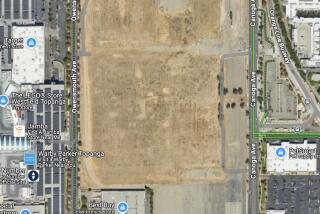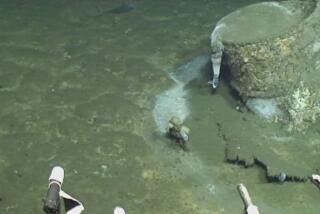POINT MUGU : Study to Focus on 8 Possible Toxic Sites
Researchers will begin a $4.8-million study of eight sites at Point Mugu Naval Air Weapons Station where jet fuel and industrial chemicals are believed to have leaked, officials said Wednesday.
The research will determine what contamination exists and what cleanup measures are needed at the 4,500-acre base, which contains one of the largest remaining saltwater marshes on the West Coast.
The lagoon and marsh are home to six species listed as threatened or endangered by state or federal authorities. Another 16 species found on the base have been proposed for addition to the list of endangered or threatened species.
Functioning as part of the Navy’s Installation Restoration Program, the study--scheduled to begin later this month--will focus on eight contaminated areas identified during a preliminary study completed in 1991.
While the earlier study concluded that contamination had occurred from fuel storage leaks, industrial activities and an on-base landfill, no immediate health threats were discovered, said Randall Richter, the Navy’s civilian manager of the remedial project.
“Up to this point, we have found only a low risk to human health,” Richter said.
Opened in 1945, the Point Mugu facility was exposed to contaminants through practices that were once considered safe, Richter said. Various fuels, solvents and other flammable materials were burned in unlined, open pits from the late 1950s to 1985, while wastes such as battery acid, thinners and paint were disposed of on the ground from the 1940s to 1980, according to the initial study.
Ed Greutert, who will oversee the study by the Rancho Cordova-based PRC Environmental Management, said the presence of the sensitive lagoon and marsh habitat complicates the environmental study.
More to Read
Sign up for Essential California
The most important California stories and recommendations in your inbox every morning.
You may occasionally receive promotional content from the Los Angeles Times.










